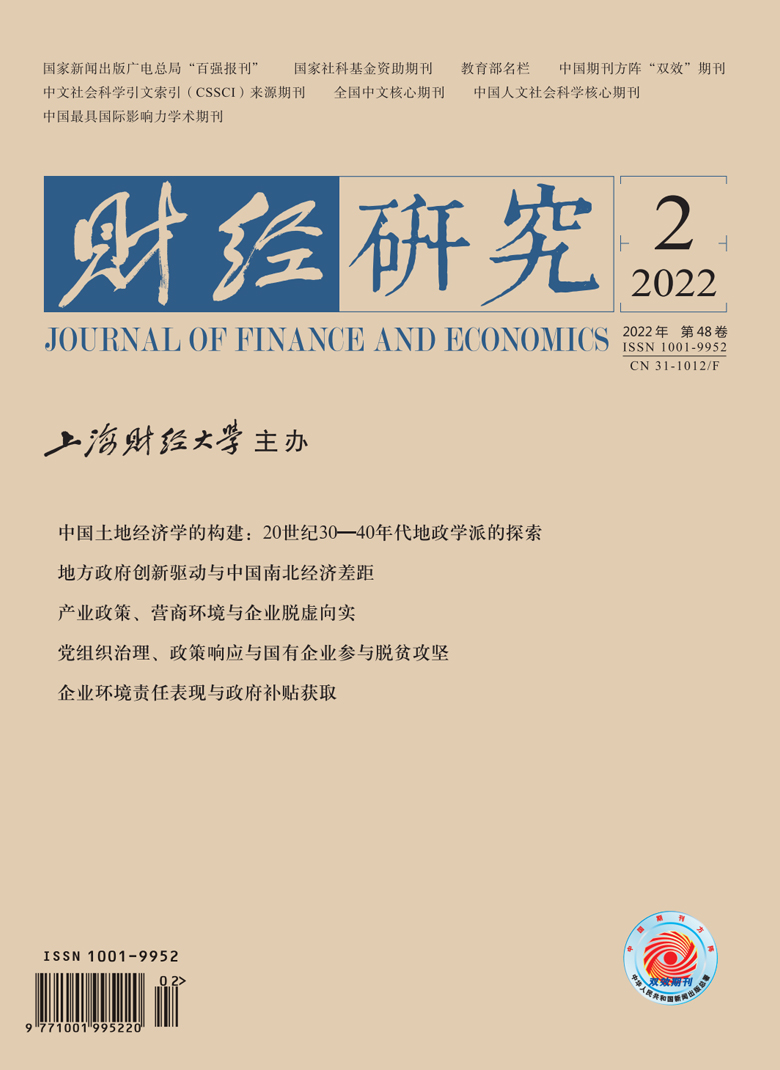To reduce the burden of residents’ medical costs is the core goal of China’s medical system reform. Under the background of the deepening development of medical system reform, how to optimize the government’s medical investment path to reduce the medical burden of residents is related to the outcomes of medical system reform. However, there are few studies on the effect of specific flow direction of government medical investment on the medical burden of residents.
Based on the provincial panel data from 2007 to 2017, this paper uses the systematic GMM method to estimate the effect of “subsidy for the supplier” and “allowance for the demander” on the medical burden of residents. The results show: Firstly, the two medical investment paths have opposite effects on medical burden. The “subsidy for the supplier” increases the medical expenditure and the medical burden of residents, while the “allowance for the demander” is the opposite. In terms of the contribution ratio, the boosting effect of “subsidy for the supplier” is stronger than the reduction effect of “allowance for the demander”. Secondly, the “subsidy for the supplier” increases medical resources, such as the number of beds, doctors and fixed assets, but fails to effectively reduce the medical burden of residents. The new medical resources not only produce a cost-sharing effect, but also are transformed by the supplier into the seller’s advantage of occupying the surplus of consumers, which increases the medical burden of residents by inducing demand through excessive diagnosis and treatment and excessive medication.
Therefore, this paper suggests optimizing the subsidy mechanism on the supply side, strengthening the public welfare attribute of public medical institutions by adjusting the investment flow and mode, and reducing the incentives for doctors to overuse drugs and over check due to income squeeze. We should promote the reform of the medical demand side, curb the moral hazard of doctors by means of payment reform, and further give play to the role of “allowance for the demander” in reducing fees.
In general, the marginal contribution of this paper is that the inclusion of “subsidy for the supplier” and “allowance for the demander” into a unified analysis framework helps to enrich the research horizon of the effect of government medical investment on the medical burden of residents. Furthermore, this paper thoroughly studies the internal mechanism of the effect of government medical investment on residents’ medical burden under different investment paths.





 4001
4001  4275
4275

